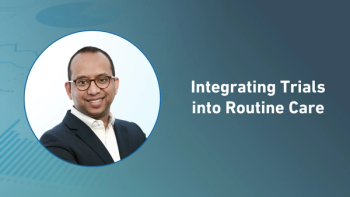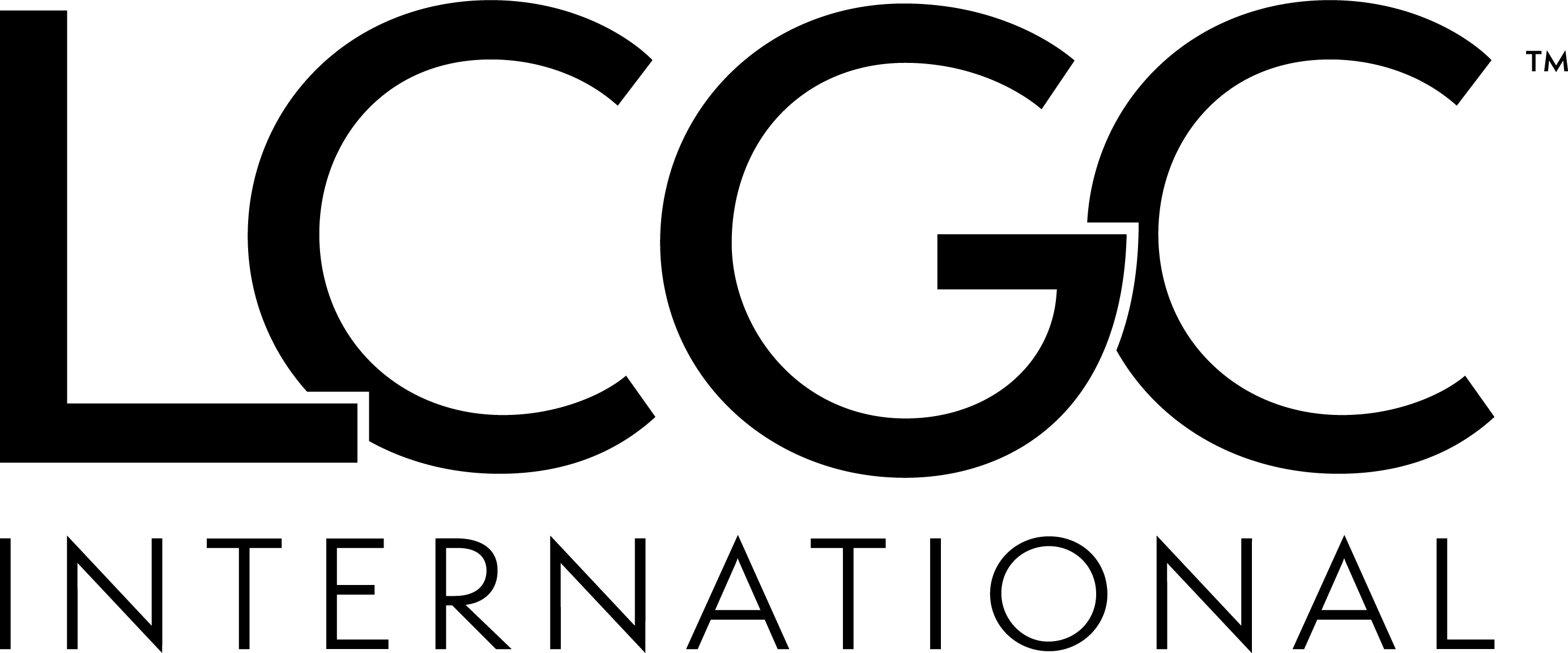
- Applied Clinical Trials-03-01-2012
- Volume 21
- Issue 3
Grants Still Most Expensive in the United States
TTC
Many factors affect a sponsor's decision to pick a region in which to conduct a clinical trial. Clinical grant expenditures represent a significant portion of later phase clinical trial budgets. Therefore, the relative cost per patient can play a large role in which region to select.
The cost per patient in Asia and Latin American is increasing much faster than in the United States.
TTC maintains annual current global data on the relative costs of clinical grants around the world in the GrantPlan® database. The database contains the clinical grants for sponsor companies and CROs that together conduct over 76% of all commercial clinical trials.
The current update demonstrates that, after controlling for study design, the United States remains the most expensive region for clinical grants by a large margin. Latin America and Asia exhibit less expensive costs per patient with 55% and 44% of the United States' 2009 cost per patient, respectively.
The cost per patient in these newer geographies, however, is growing more rapidly than in more established regions. The United States has been averaging 5.5% annual increases from 2009 through 2011, while grant costs in Asia and Latin America are growing at two to three times those rates.
—TTC - for more information, please contact
Articles in this issue
almost 14 years ago
Re-Imagining CTMSalmost 14 years ago
Applied Clinical Trials Digital Edition - March 2012almost 14 years ago
PDUFA Renewal Seeks Development Incentivesalmost 14 years ago
Biosimilar Guidances Issuedalmost 14 years ago
Increased eCRF Reuse Not Impacting Cycle Times?almost 14 years ago
Site-Driven Metricsalmost 14 years ago
Rethinking the Adage Time is Moneyalmost 14 years ago
How Much Information for Informed Consent?almost 14 years ago
New Patient Group Targets DIA EuroMeetingNewsletter
Stay current in clinical research with Applied Clinical Trials, providing expert insights, regulatory updates, and practical strategies for successful clinical trial design and execution.





.png)



.png)



.png)
.png)
